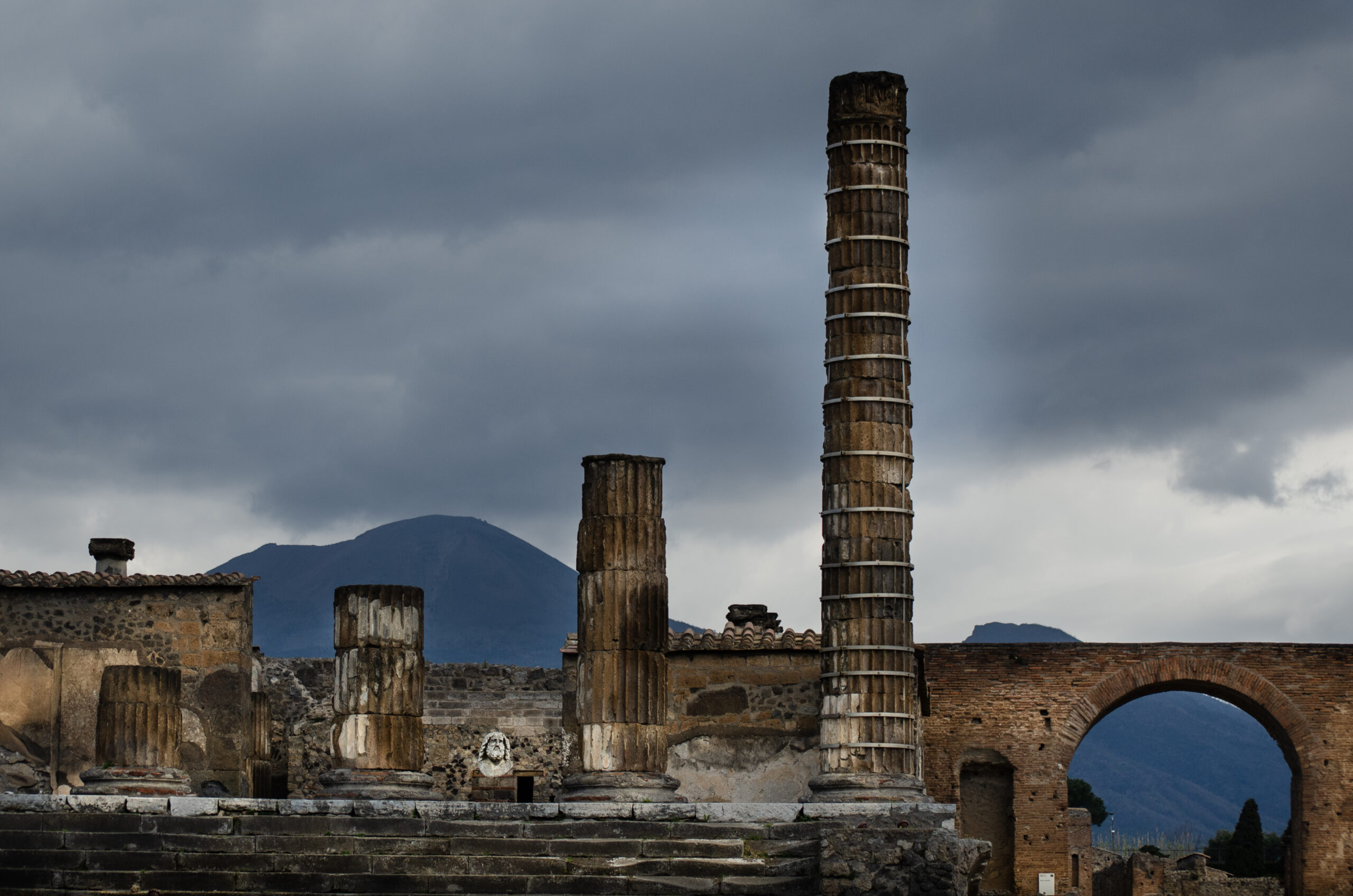The magnificent old city of Pompeii offers a glimpse into the everyday life of ancient Romans. With its well-preserved ruins and compelling history, my recent trip to Pompeii was an unforgettable journey through the annals of time. This visit sparked emotions of melancholy, loss and sadness.
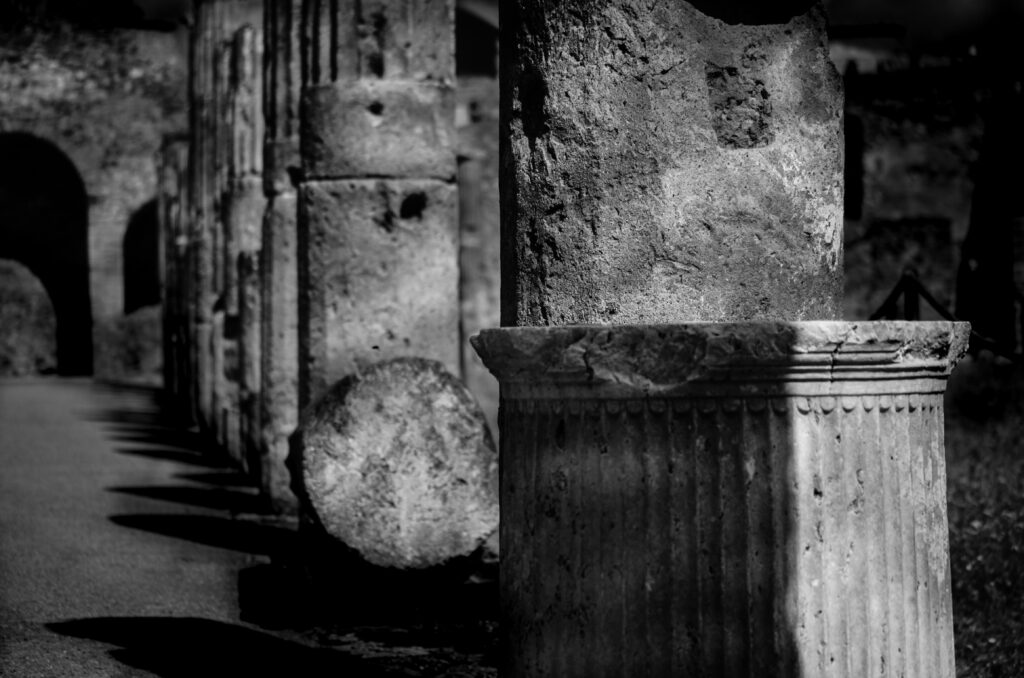
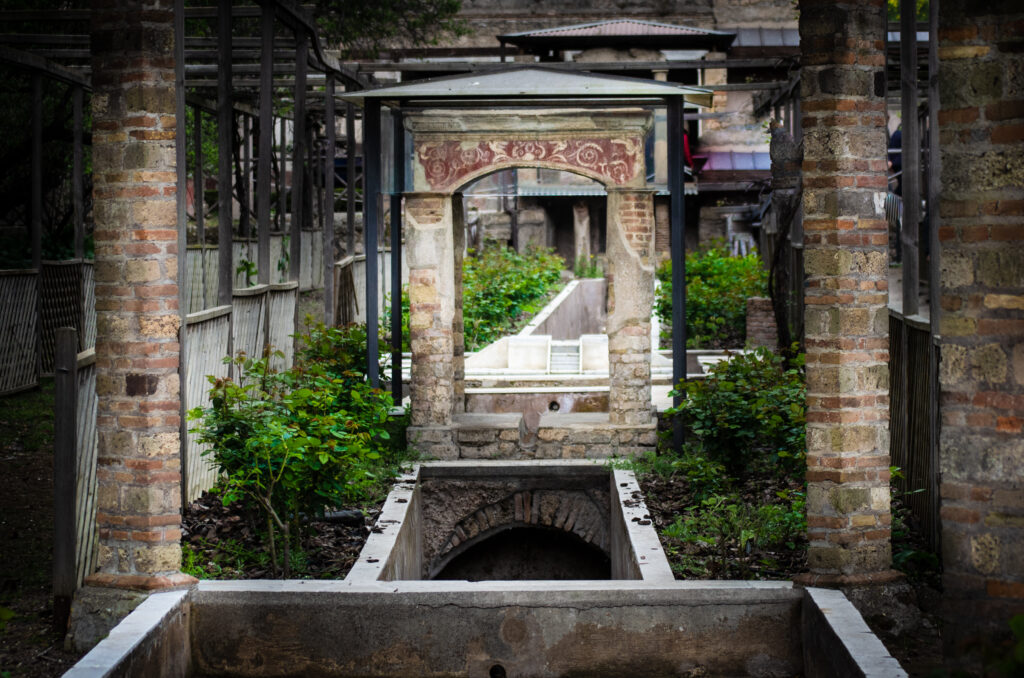
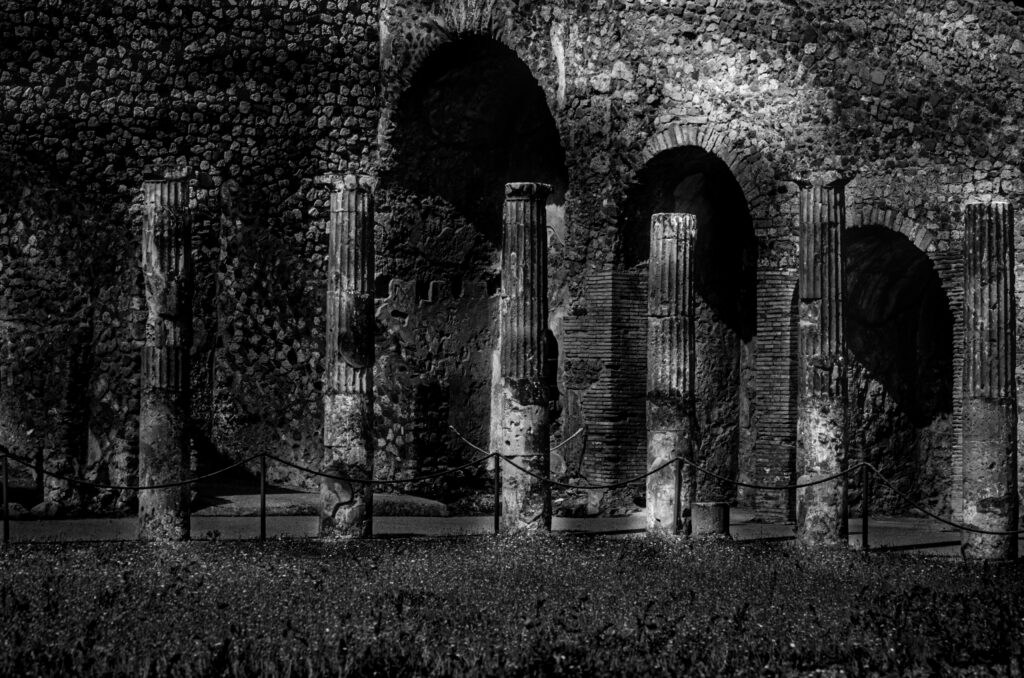
Uncovering Pompeii’s History
Pompeii was a bustling Roman city until it was buried beneath layers of volcanic ash and pumice when Mount Vesuvius erupted in 79 AD. Over the centuries, the city was forgotten, but excavations in the 18th century brought it back to life. As I walked through its cobblestone streets, I marvelled at the remarkably preserved buildings, streets, and artifacts that provided a unique window into ancient Roman culture.
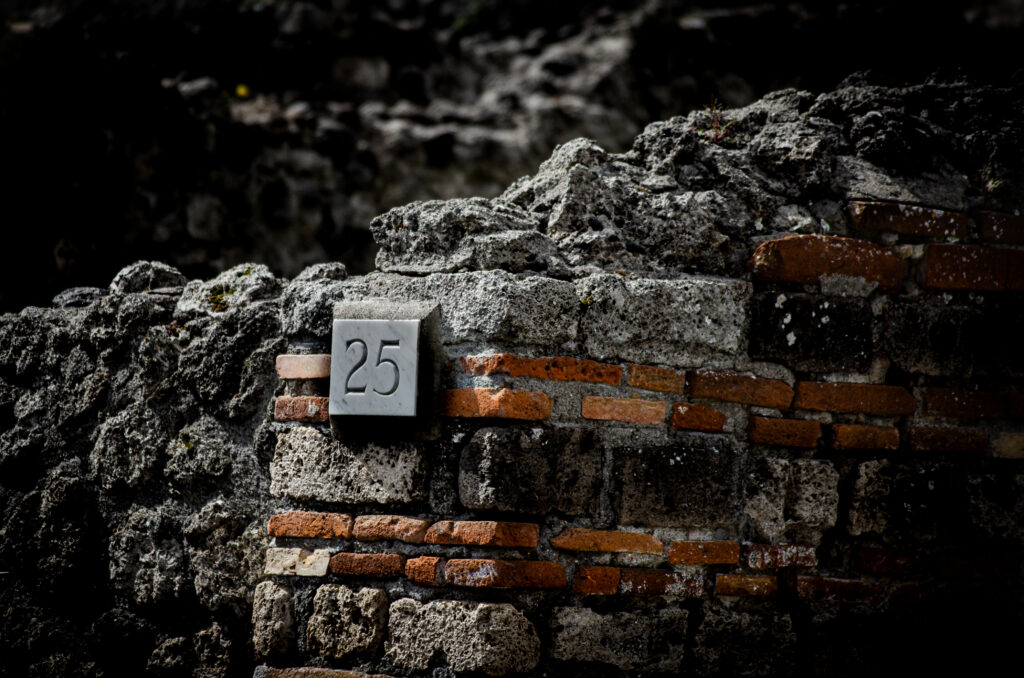
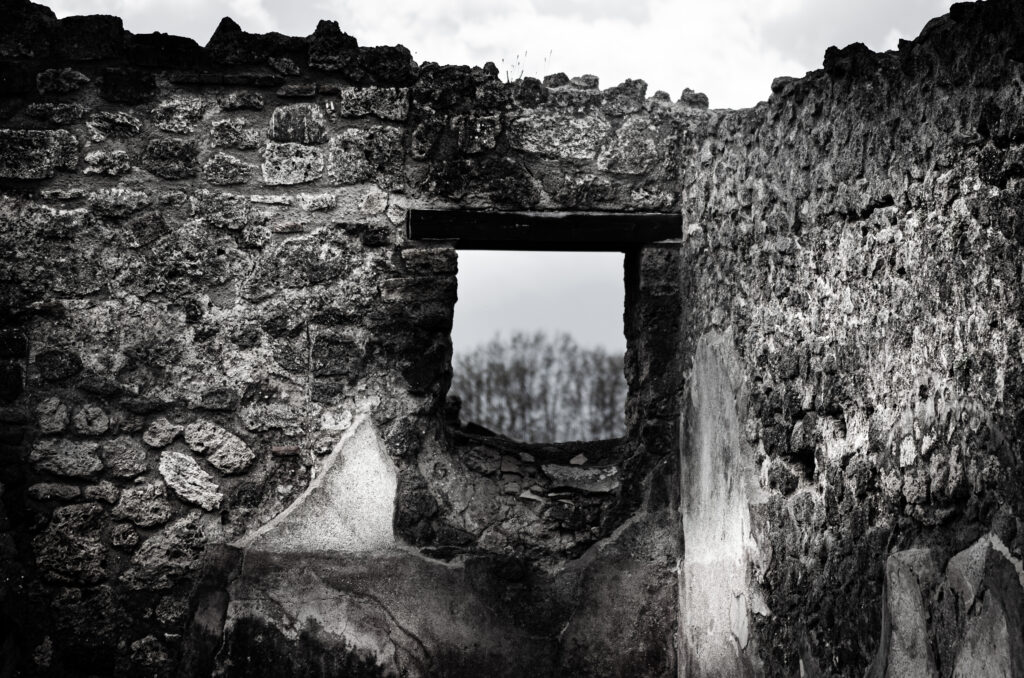
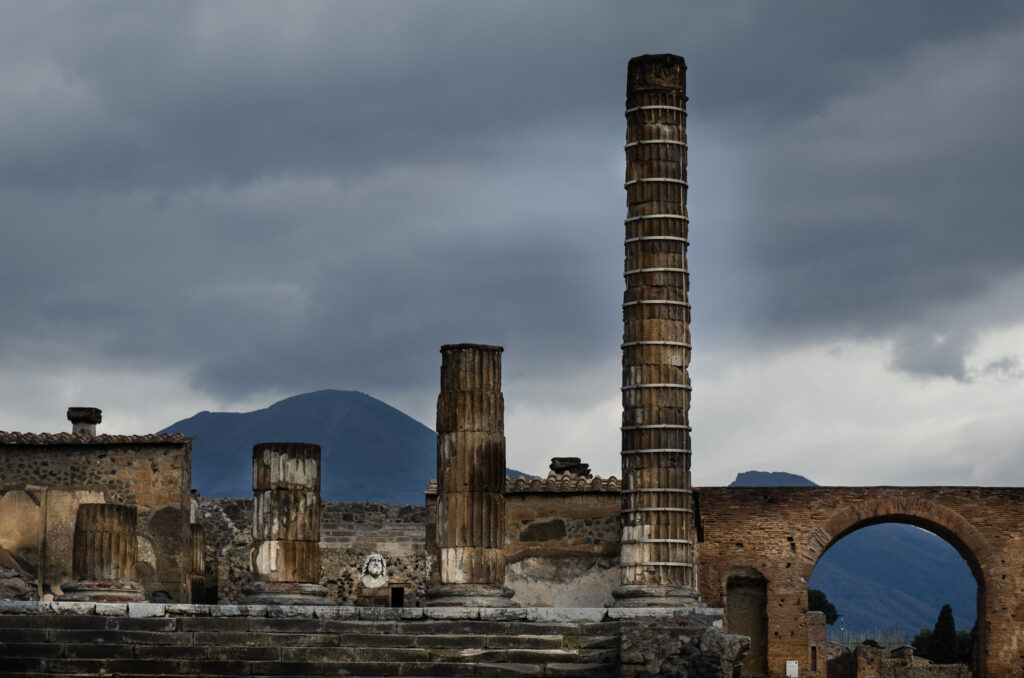
Exploring the ruins
The highlight of my trip was exploring the well-preserved ruins of Pompeii. From the grandeur of the Forum to the intimacy of the family homes, the city’s architecture and layout left me in awe. The beautifully preserved frescoes and mosaics provided a vivid look at the artistry of the time, and I couldn’t help but imagine the stories of the people who once lived here.
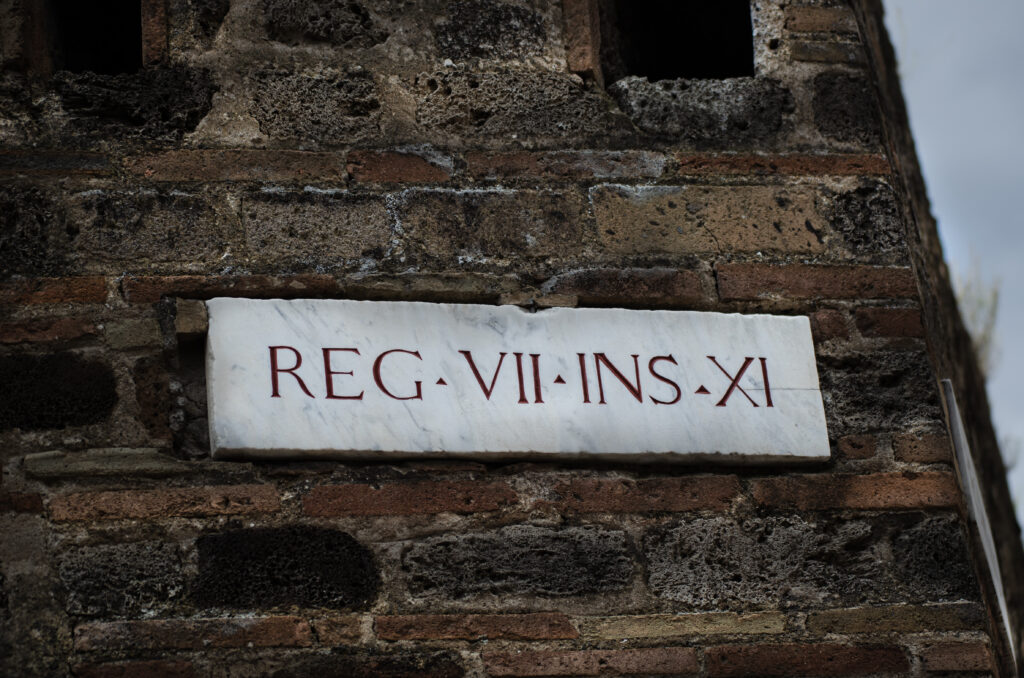
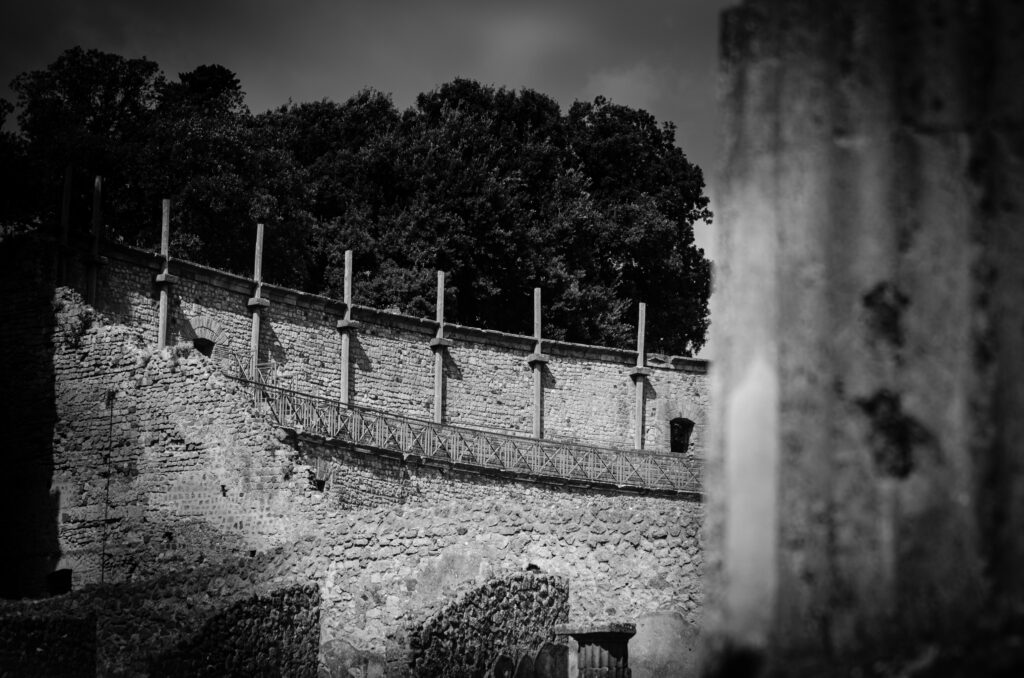
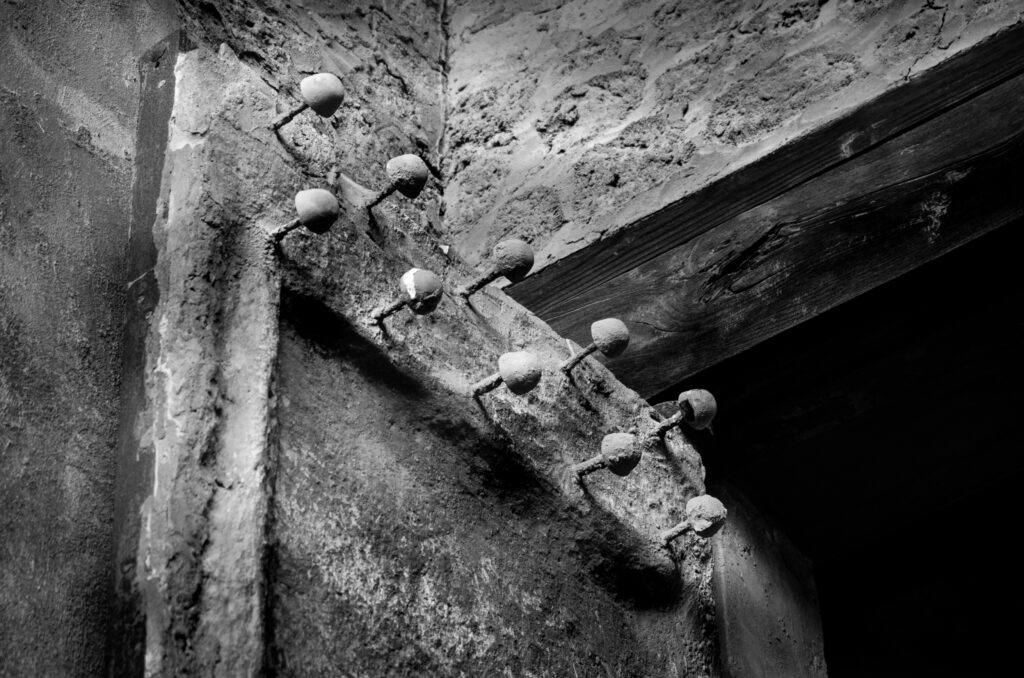
Pottery in Pompeii
It offers a fascinating glimpse into the daily lives of the ancient inhabitants of this Roman city, frozen in time by the catastrophic eruption of Mount Vesuvius in 79 AD. The pottery of Pompeii, excavated from the well-preserved ruins, serves as a unique archaeological treasure trove. From functional household items like cups, plates, and amphorae to ornate decorative pieces, these artifacts provide valuable insights into the artistry, craftsmanship, and cultural nuances of a bygone era. Exploring Pompeii’s pottery not only reveals the skills of its artisans but also sheds light on the customs, tastes, and trade networks that thrived in this ancient Roman settlement.
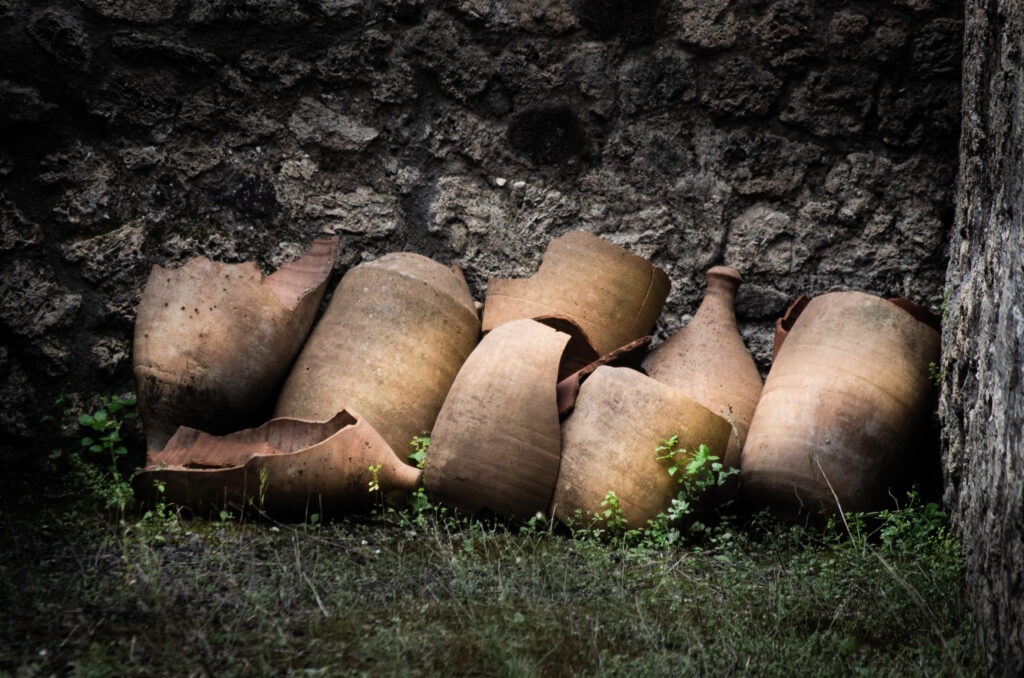
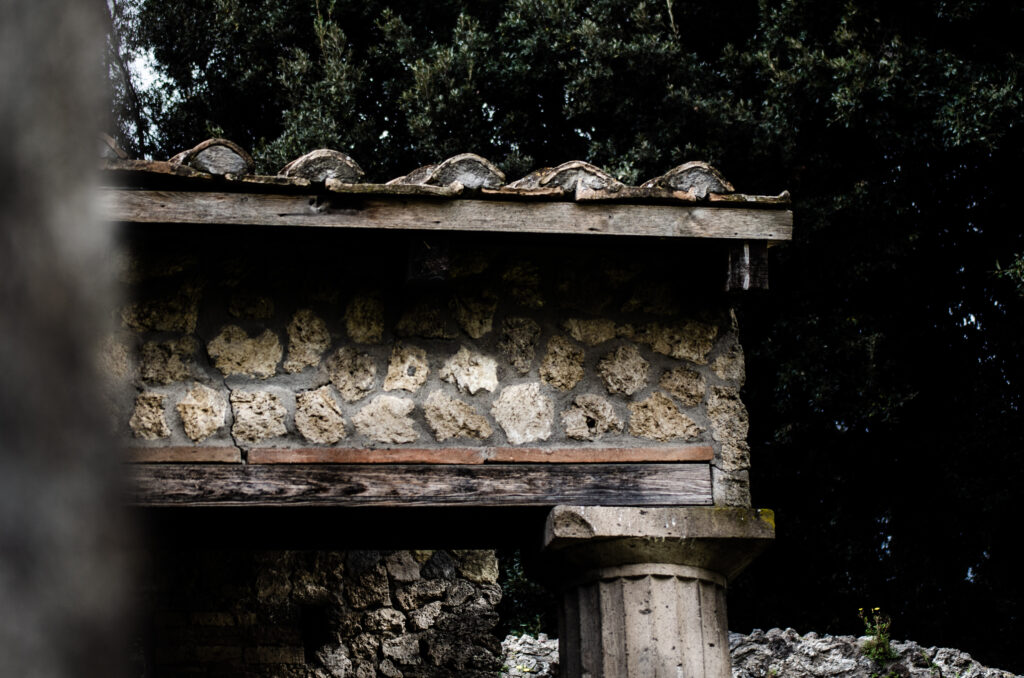
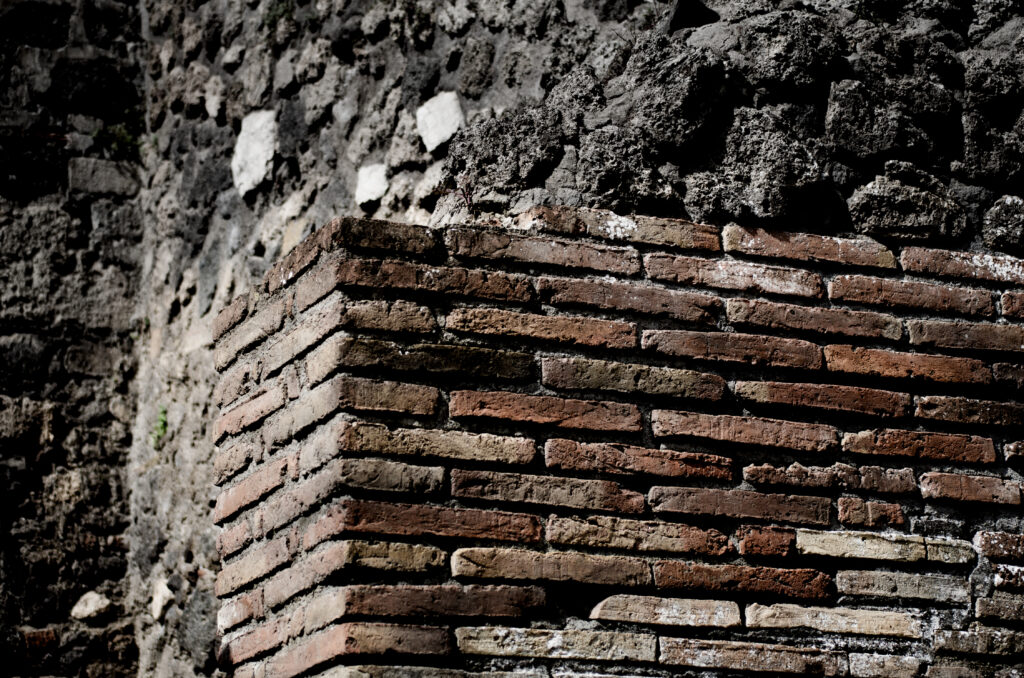
Vivid Imaginations
Walking through the city, I couldn’t help but conjure images of bustling markets, vibrant gatherings in the amphitheatre, and the daily lives of Pompeii’s residents. The casts of plaster made from the voids left by decomposed bodies were a poignant reminder of the tragedy that befell this ancient city.
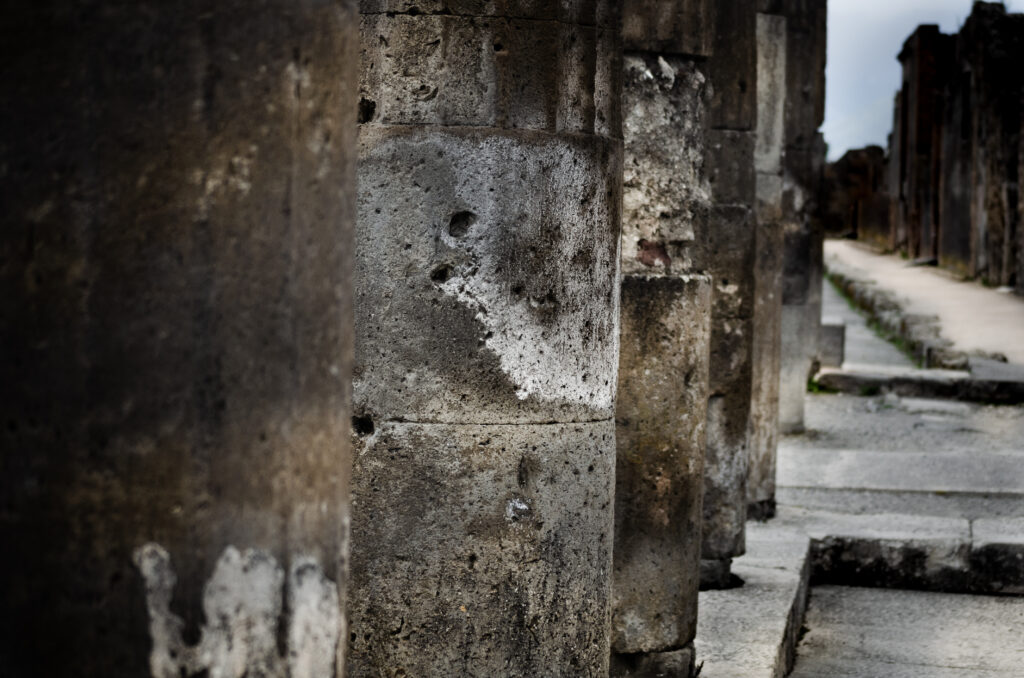
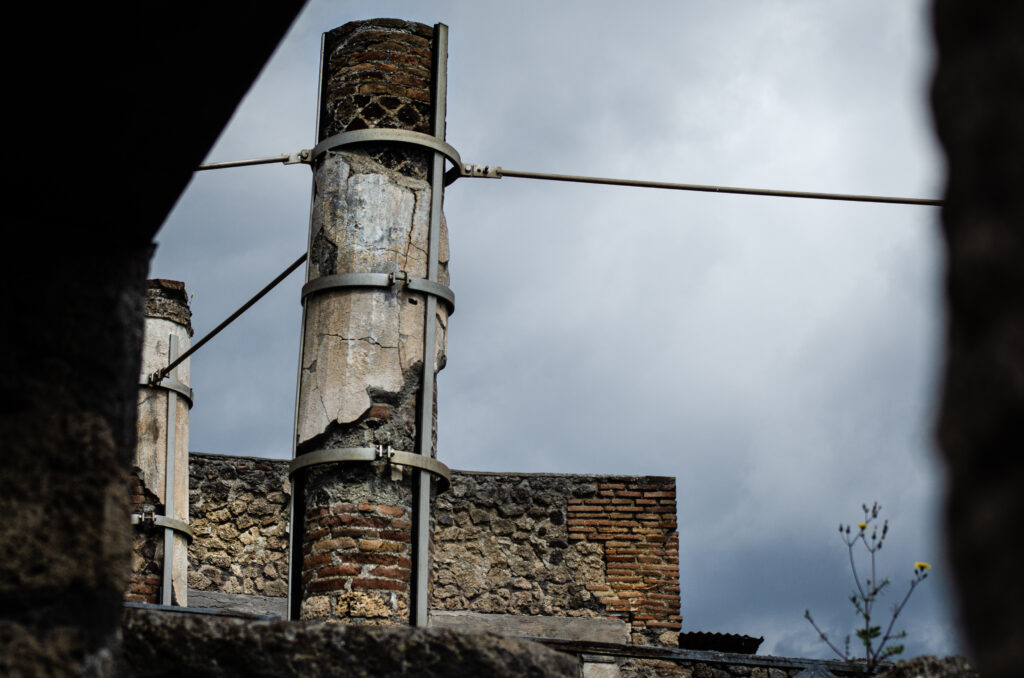
The People of Pompeii
One of the most captivating aspects of Pompeii was its human element. The remains of people, animals, and possessions offered a poignant reminder of the disaster. It was humbling to see how people from all walks of life were affected, highlighting the shared humanity that transcends time.
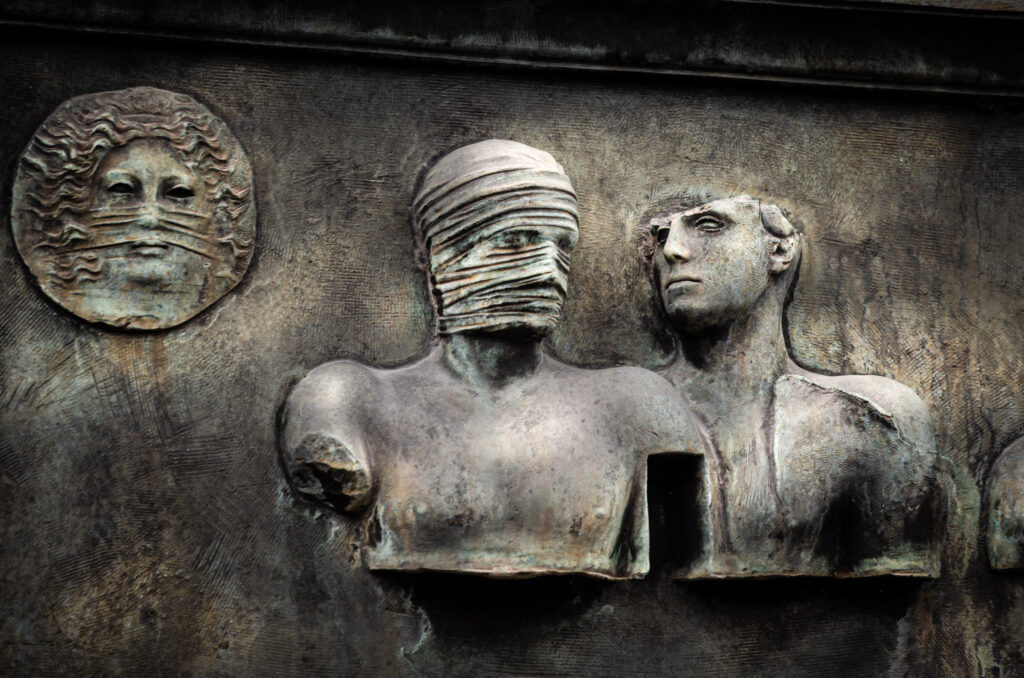
The Amphitheatre
No visit to Pompeii is complete without exploring the impressive amphitheatre. With a seating capacity of around 20,000 people, it was the stage for countless gladiatorial contests and entertainment. I could almost hear the cheers of the Roman spectators as I stood in the well-preserved arena.
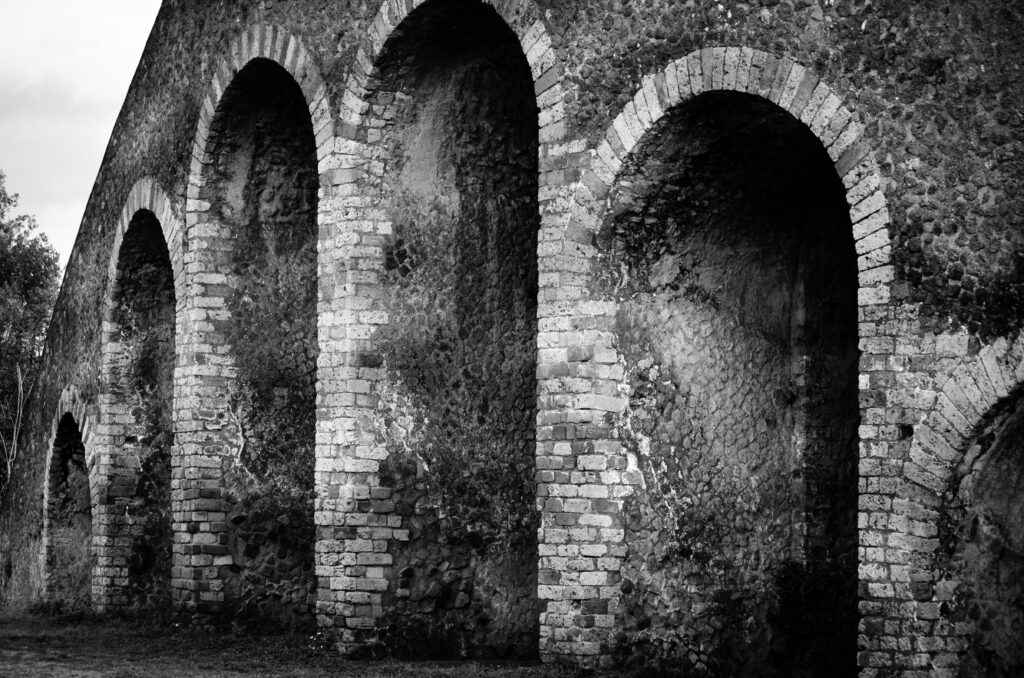
My journey to Pompeii was a captivating step back in time, offering a glimpse into the lives, architecture, and culture of ancient Romans. It’s a place where history comes to life in the most tangible way, and I will forever cherish the memories and insights gained from this remarkable experience. If you’re a history enthusiast, archaeology buff, or simply someone looking to connect with the past, Pompeii is a destination you should not miss.
